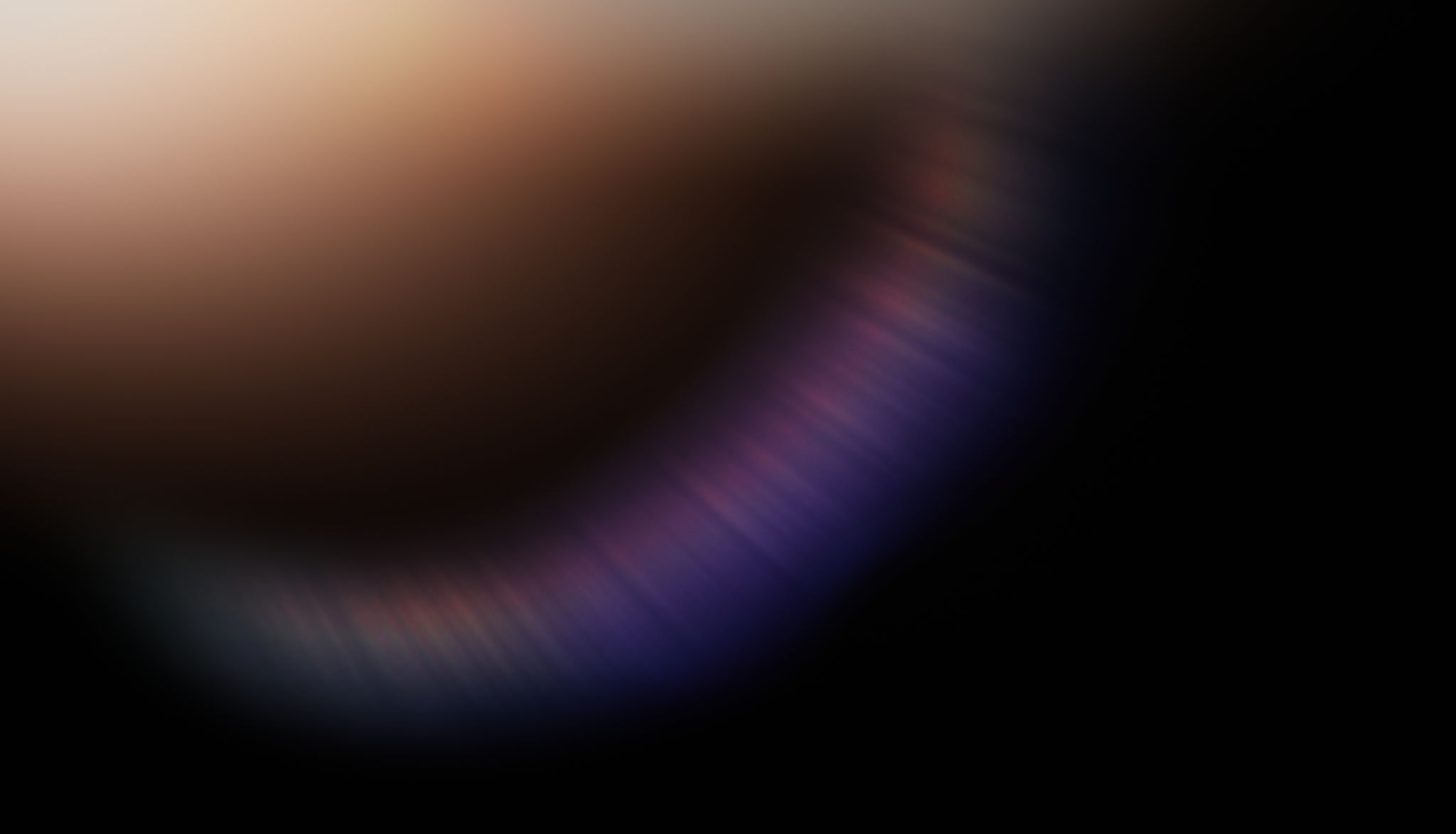The Role of Lighting in Photography: Achieving the Perfect Shot
Understanding the Importance of Lighting
Lighting is one of the most critical aspects of photography, significantly influencing the outcome of an image. It can transform a mundane scene into something magical or, conversely, ruin an otherwise perfect shot. Understanding how to manipulate and use lighting effectively is a skill that every photographer should master.
Proper lighting can highlight textures, shapes, and colors, bringing depth and dimension to your photographs. It also sets the mood and tone of the image, communicating emotions and stories without words. Whether you're shooting portraits, landscapes, or still life, lighting can make all the difference in achieving that perfect shot.

Different Types of Lighting
There are various types of lighting that photographers can use to their advantage. Some of the most common include:
- Natural Light: This is the light that comes from the sun. It's free and accessible but can be unpredictable and requires skill to use effectively.
- Studio Lighting: Controlled and consistent, studio lighting is ideal for situations where precision is crucial, such as fashion or product photography.
- Ambient Light: This refers to any available light in a scene, such as streetlights or moonlight, often used creatively to enhance mood.
Each type of lighting has its unique characteristics and uses. Understanding these can help you choose the right lighting for your specific photography needs.

The Role of Light Direction and Intensity
The direction from which light hits your subject can dramatically alter the final image. Front lighting often results in flat images with minimal shadows, while side lighting can add depth and texture. Backlighting creates silhouettes and adds drama to the scene.
In addition to direction, the intensity of light also plays a significant role. Soft light, created by diffusing light sources, results in gentle shadows and smooth transitions, ideal for portrait photography. On the other hand, hard light, which comes from direct sources like sunlight or flash, produces stark shadows and high contrast, suitable for creating dramatic effects.

Tools and Techniques for Controlling Light
To achieve the desired lighting effects, photographers often use various tools and techniques. Reflectors can bounce light onto a subject, filling in shadows and adding warmth. Diffusers soften harsh light, reducing glare and harsh shadows.
Moreover, understanding exposure settings on your camera, such as aperture, shutter speed, and ISO, allows you to control how much light reaches your camera sensor. Mastering these settings enables you to achieve the perfect balance between light and shadow in your photographs.
Experimenting with Creative Lighting
Photography is an art form that encourages experimentation. Using creative lighting techniques can lead to unique and captivating images. Try playing with colored gels to add vibrancy or using long exposures to capture light trails.
Don't be afraid to step out of your comfort zone and try new things. Often, the most memorable photographs come from unexpected experiments with light. The key is to practice consistently and learn from both successes and failures.

Conclusion: Embrace the Power of Light
In conclusion, lighting is an indispensable tool in photography that can elevate your work from ordinary to extraordinary. By understanding different types of lighting, manipulating direction and intensity, and experimenting with creative techniques, you can dramatically improve your photographic skills.
Remember that every great photograph begins with a vision. Use lighting to bring that vision to life, capturing moments in a way that resonates with viewers. Embrace the power of light in your photography journey, and watch as your images transform into stunning works of art.
